Affiliate links on Android Authority may earn us a commission. Learn more.
I wanted to love the Circular Ring Slim, but this isn't the Oura Ring alternative you need
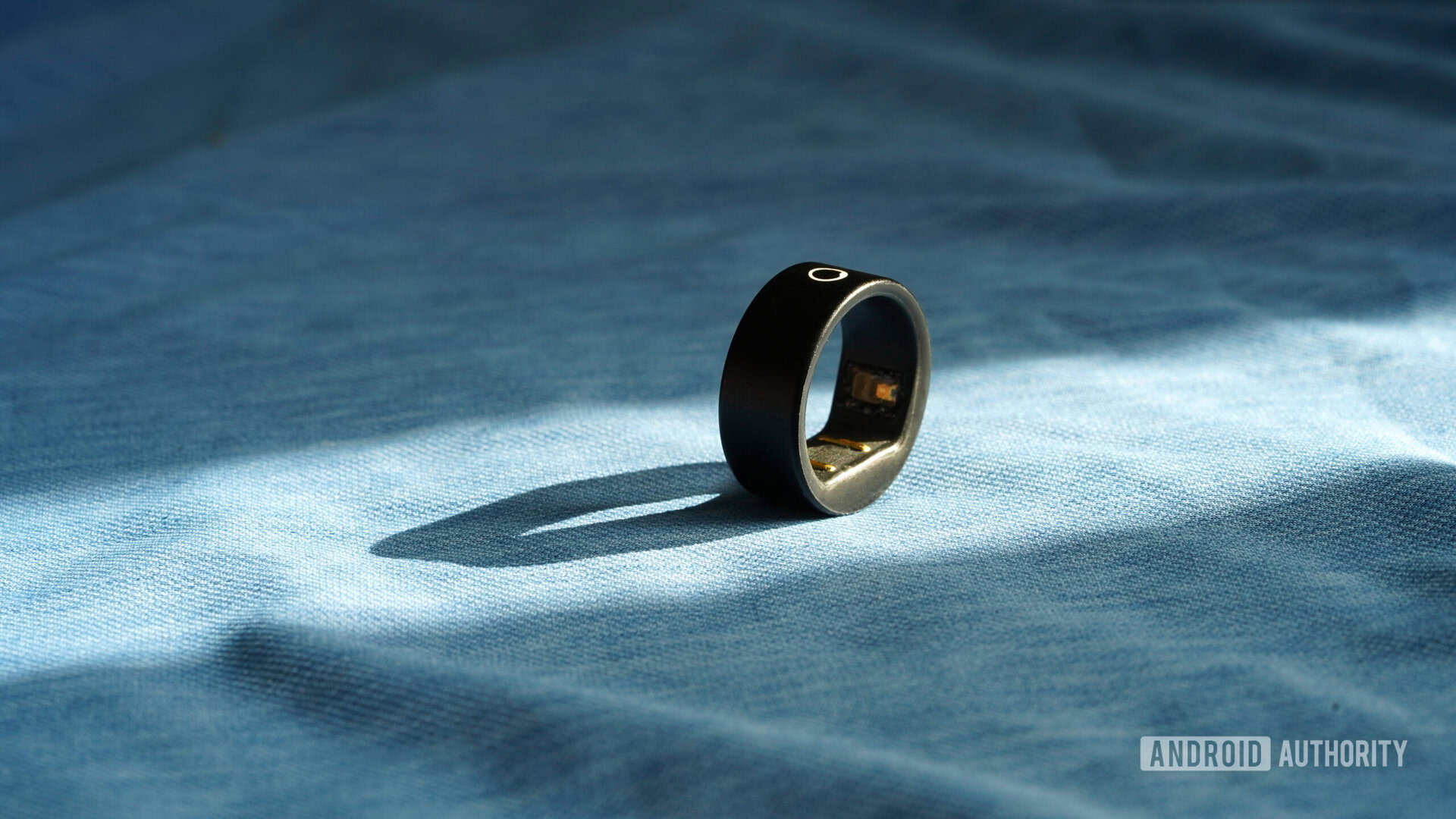
With a Samsung Galaxy Ring imminent and the Oura Ring 3 on more fingers by the day, it’s clear the smart ring trend is here to stay. Whether you want to track stats more covertly or you don’t want to be distracted by a colorful AMOLED display, there are plenty of reasons to consider this small form factor. But not all rings are created equally. I tested the Circular Smart Ring Slim to learn more about its capabilities and dig into the user experience. While I’m excited to see more options on the market, this $264 smart ring needs some work before earning a permanent spot on one of my top ten digits.

Slim is relative, and that’s not the only design flaw
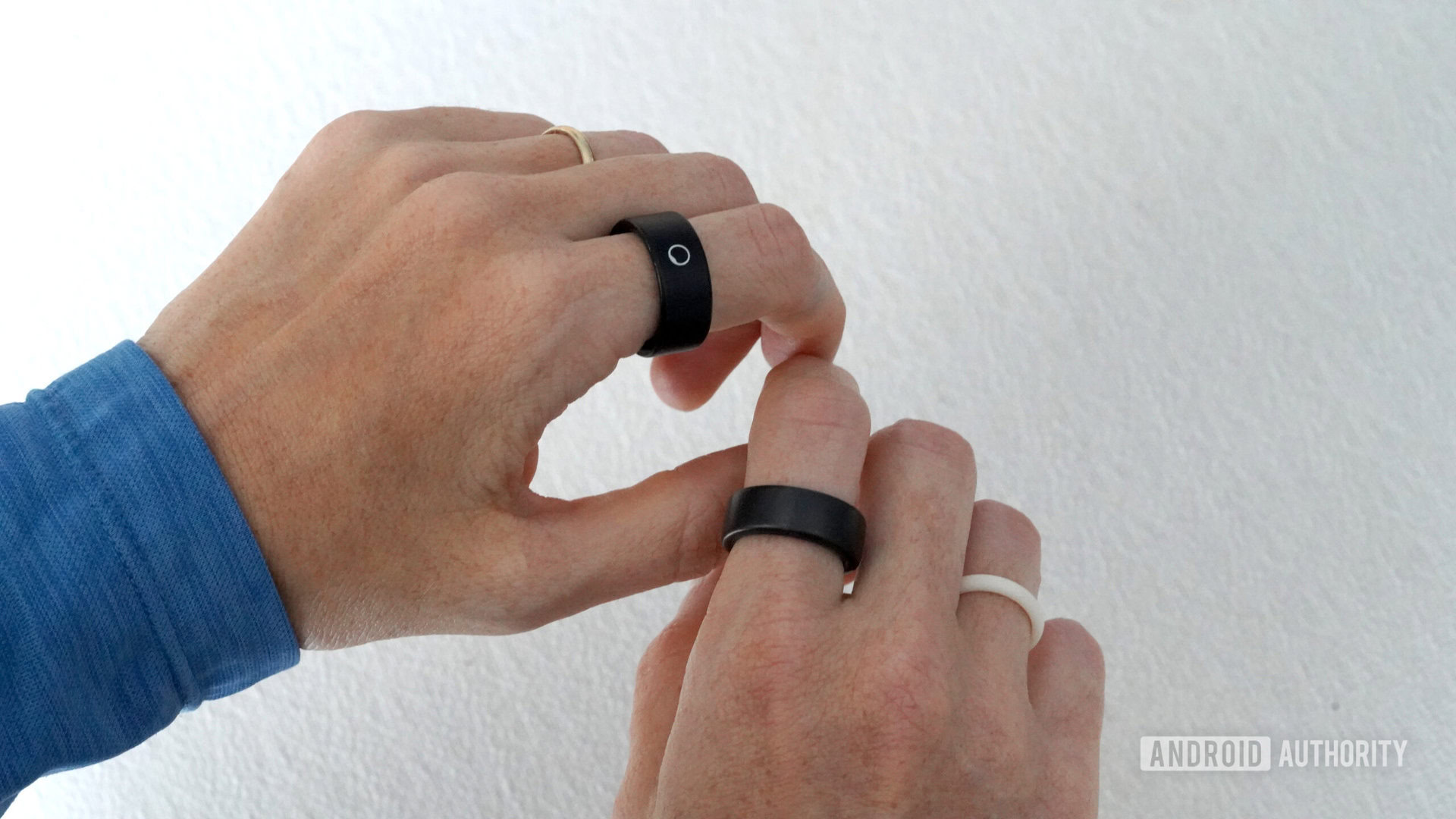
Having never tested the original Circular Ring, I was excited to hear about the Slim version when it originally went into production. Given my petite features, I’m often left with oversized fitness trackers, and smart rings, in particular, are bulkier than my typical finger accessories. Unfortunately, the Slim did not live up to my own hype.
It feels noticeably bigger than my Oura Ring 3 despite its thin walls and the fact that I ordered both devices in the smallest sizes possible. Even just attempting to make a fist, I can feel the ring dig into the bones of my neighboring fingers. The bottom portion is particularly thick. It also has straight outer edges rather than rounded ones, which tend to catch on things and make a grating noise on my glass desktop regularly. The edges are especially uncomfortable if you wear the ring while washing your face (sorry, eyebrow bones).
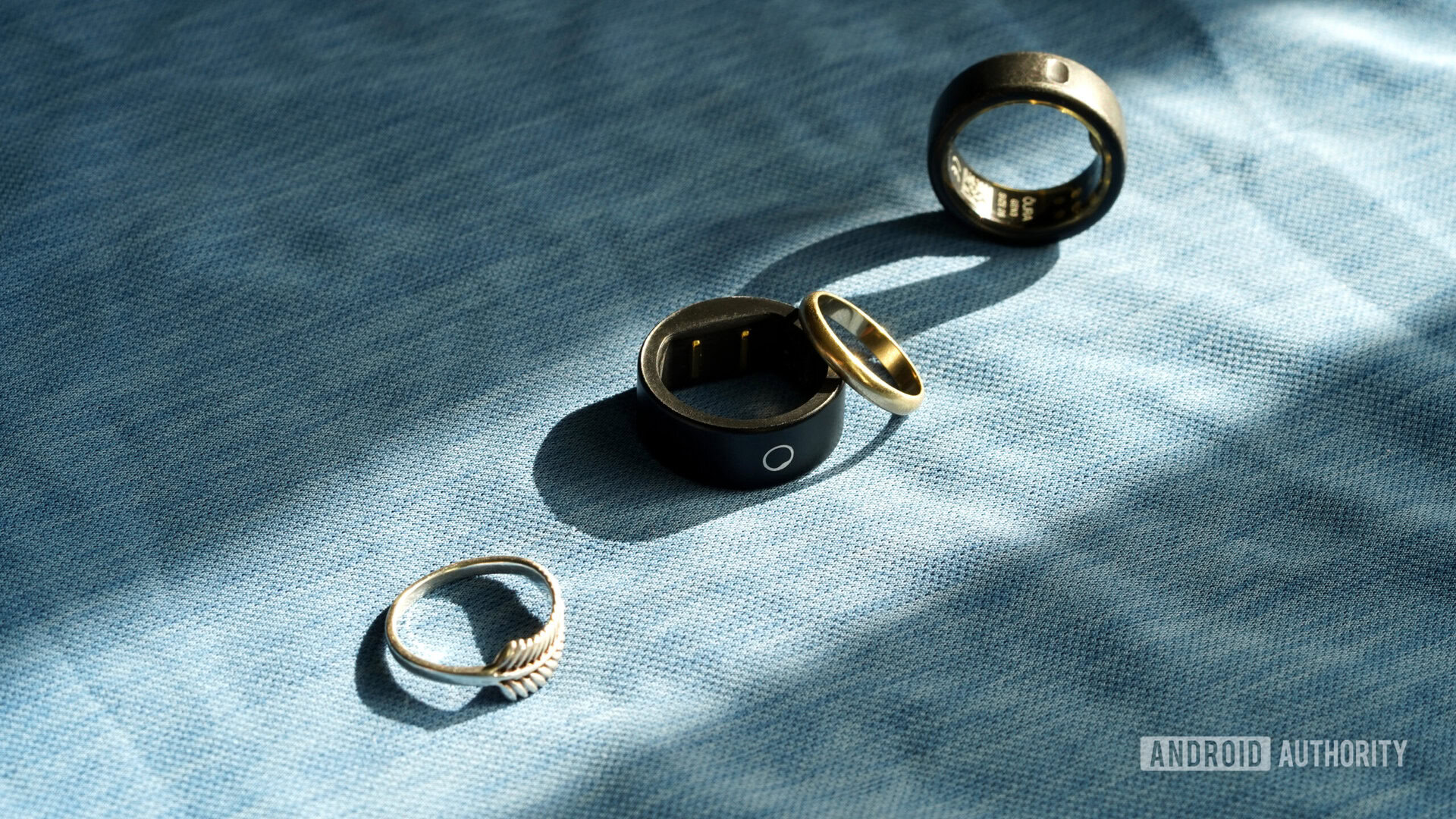
Don’t get me wrong; I fully recognize that it’s not easy to pack advanced sensors and internal hardware into a tiny amount of space. But if users may get the wrong idea from your descriptive moniker, it’s a risky choice. The Slim lacks the ergonomic design cues key to making a smart ring a viable all-day companion. Throw in the attention-grabbing logo on top, and Circular made it hard for me to want to wear the device on a daily basis.
The Circular Ring Slim is not particularly comfortable, and the prominently placed logo makes it far from inconspicuous.
It also only comes in a single black colorway, which scratches easily, especially when faced with gym equipment. Granted, I have a hard time doing pull-ups or heavy weight lifting in my Oura Ring 3 as well. I also don’t love playing tennis in a smart ring or fiddling with a lacrosse stick. For me, this is one of the biggest drawbacks of a smart ring compared to a smartwatch or wrist-based tracker, and I found the Circular Ring especially uncomfortable in each scenario.
Battery life woes
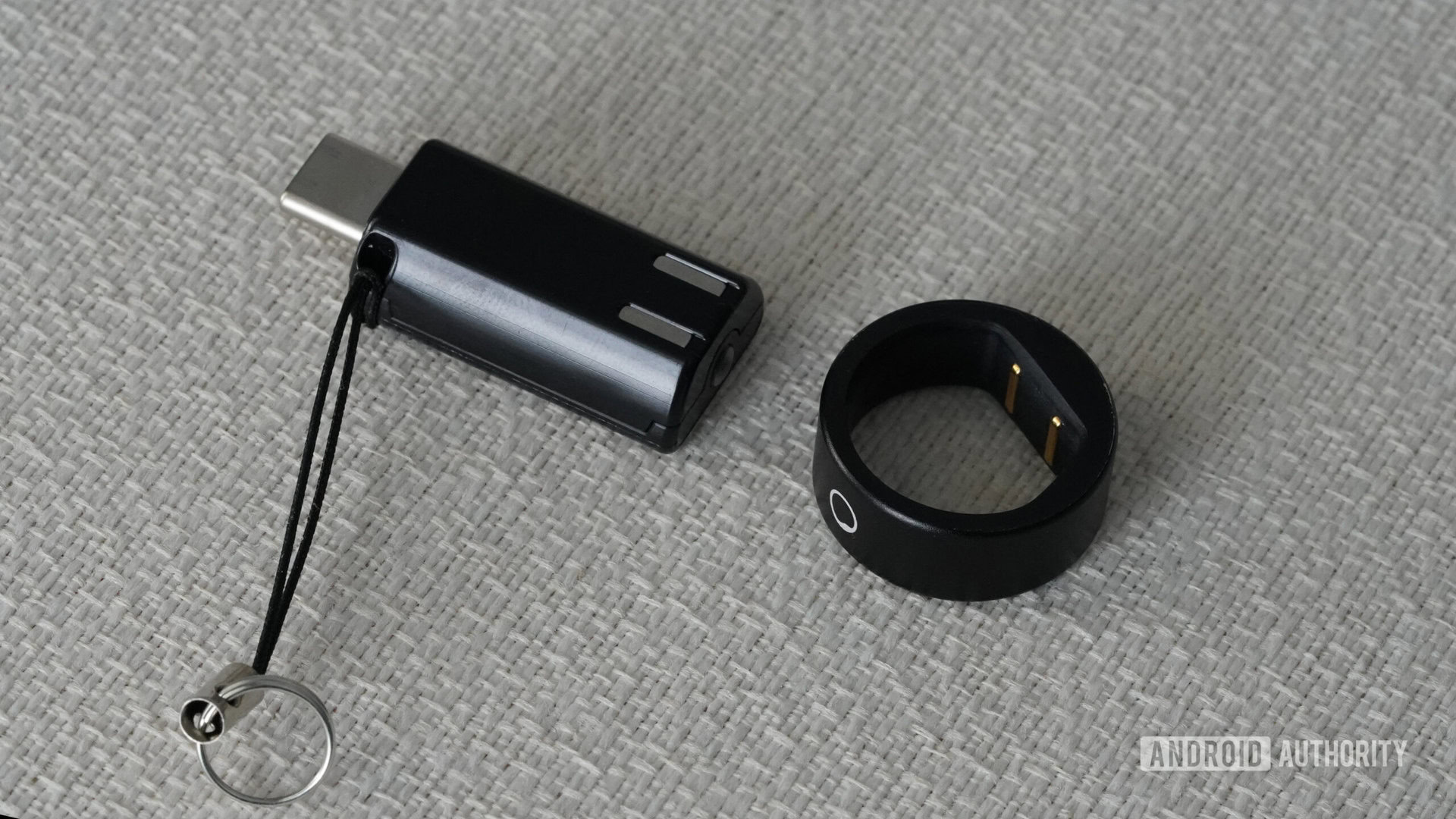
Unfortunately, my disappointment with the Circular Ring Slim didn’t end with comfort or build. Shortly into testing, I was discouraged to find the ring offers relatively little in terms of battery life. In Performance Mode, which includes regular heart rate monitoring and sleep insights, the device only lasts about two days between charges. Users can opt for Eco mode to land closer to five days of use, but this means sacrificing useful health data. When the Oura Ring 3 comfortably offers nearly a week of use between charges, two days is pretty dismal.
I also have a love-hate relationship with the device’s charger, which essentially looks like a jerry-rigged thumb drive. I found the size very convenient to plug right into the USB-C slot on my standing desk. It’s also packable, and without a cord, it eliminates the possibility of cable nesting.
I could only eke out about two days of use between charges when using the Circular Ring Slim to its full capacity, and the charger design is questionable.
On the other hand, if you don’t have a handy USB-C slot and have to use a charging block and outlet, you’re now bending over every two days to plug in your ring, and if you’re me, realize how dusty your baseboards are. The ring is also minimally secure on its charger, so when your partner walks by and doesn’t realize he’s bumped it out of alignment, your ring will no longer be charging. You can purchase a cord attachment separately for $14 from Circular’s website, but it’s the kind of thing that really should have been included in the box.
Stats and reliability
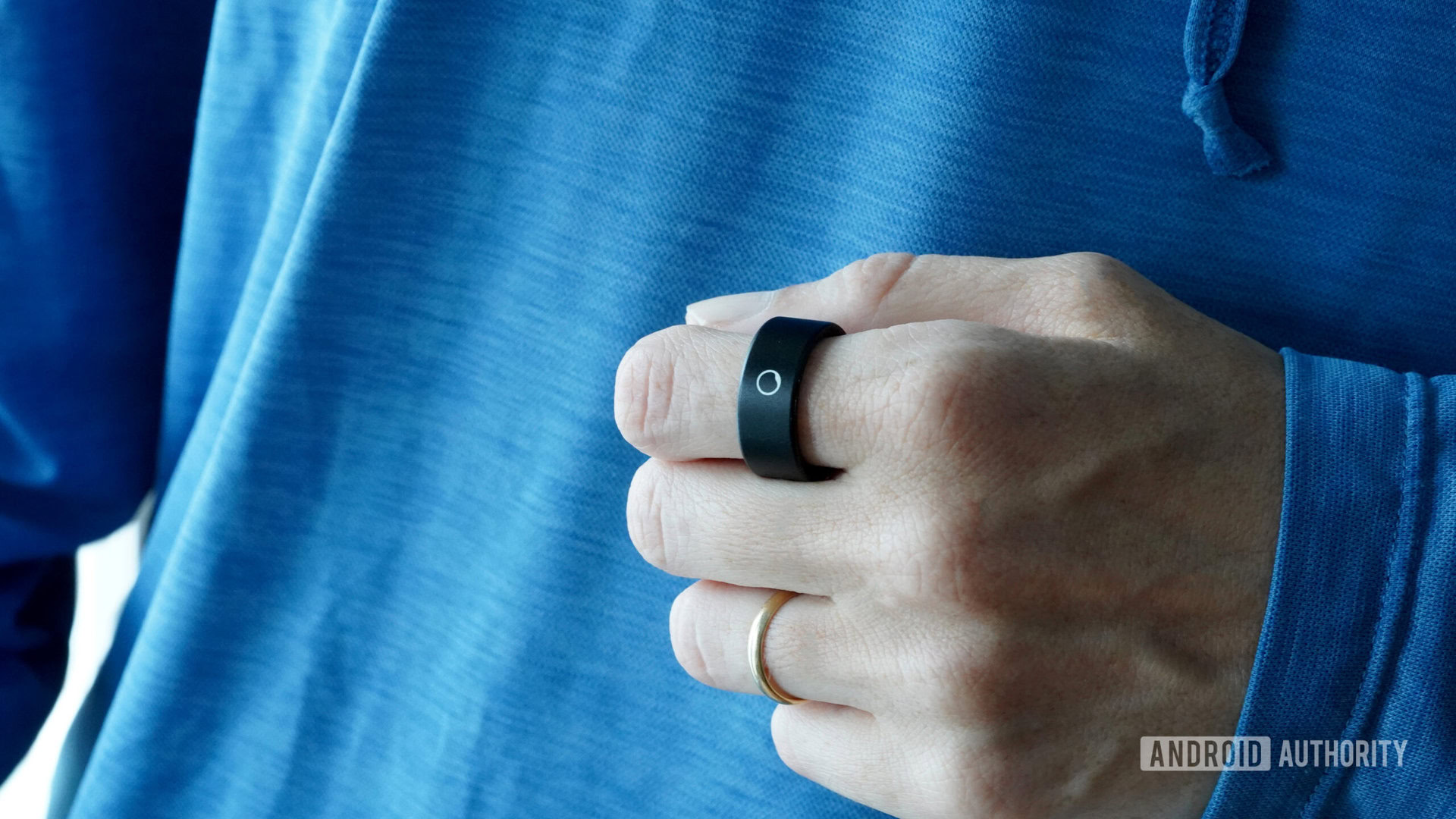
Wanting to test the fitness tracker‘s full capacity for data collection, I kept my ring in Performance Mode to see what stats I’d garner. This is where I ran into another hurdle. Syncing with the companion app rarely felt seamless throughout this review. At one point, I suddenly had no data at all despite wearing the ring for many days and had to reset the device by repeatedly adding and removing it from its charger in what I can only describe as attempting wizardry.
This is after a 14-day onboarding process led by the company’s in-app AI assistant Kira. I don’t want to speak ill of anyone, even a robot, but Kira asked a lot of questions for someone I just met, and I never got to a point where I felt the information I provided was put to especially good use. Eventually, Kira provided insights and standard tips but nothing groundbreaking, which made me feel like the AI wasn’t adding significantly to my user experience.
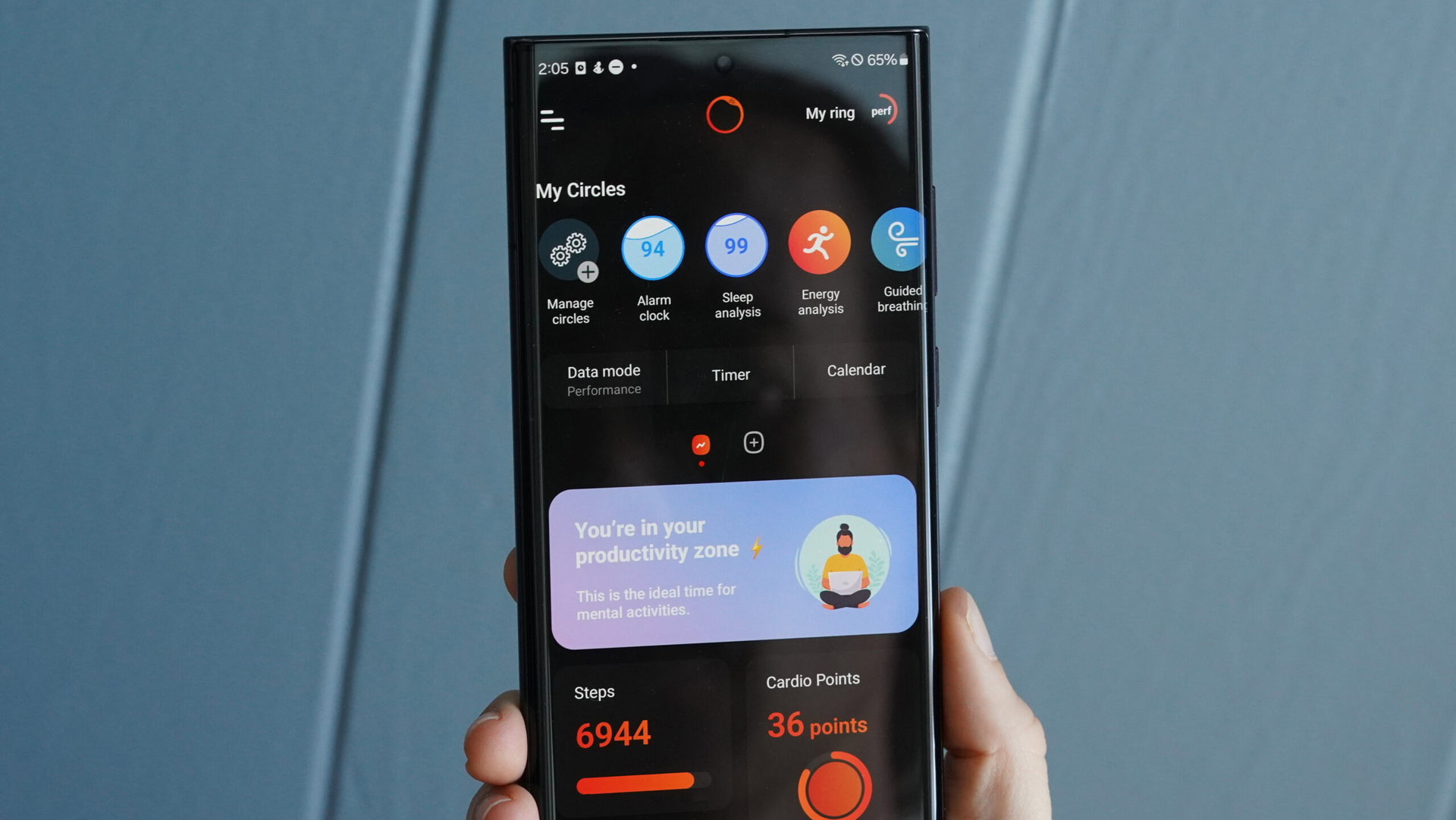
In theory, the ring tracks users’ heart rate, temperature, sleep, breathing rate during sleep, SpO2, HRV, stress, and general activity. It does not track workouts, but it does offer energy monitoring with daily insights. The app also features guided breathing exercises and offers vital alerts for heart rate and SpO2, as well as on-demand spot measurements for priority stats, including heart rate and SpO2.
Unfortunately, I rarely found these stats on point. SpO2 values measured by the ring generally agreed with my Apple Watch, but my heart rate was consistently lower during spot checks as well as in daily averages. Likewise, my steps were typically underestimated. Compared to the Oura Ring 3, the Circular ring overestimated my sleep (though admittedly, it was closer in accuracy than some other wearables). The ring also tracks naps and did so successfully on two occasions, but completely fabricated one another day.
Unfortunately, I didn't find health or activity tracking as reliable on the Circular Ring Slim as shoppers will find elsewhere.
Finally, the device also recorded stress and tracked me as relaxed throughout my review, which is simply not true/realistic. I was very stressed on St. Patrick’s Day when I couldn’t find anywhere to buy green bagels.
Overall, I feel the device has a lot of potential and wouldn’t be surprised to see the company clean up the experience in the future. The app proved frustrating at times, but it shows clear signs of wanting to provide users with depth and insights. Details are organized to be digestible, highlight trends, and provide the option to dig deeper into menus and categories. For now, stats aren’t consistent enough to trust or rely upon.
Unique haptics
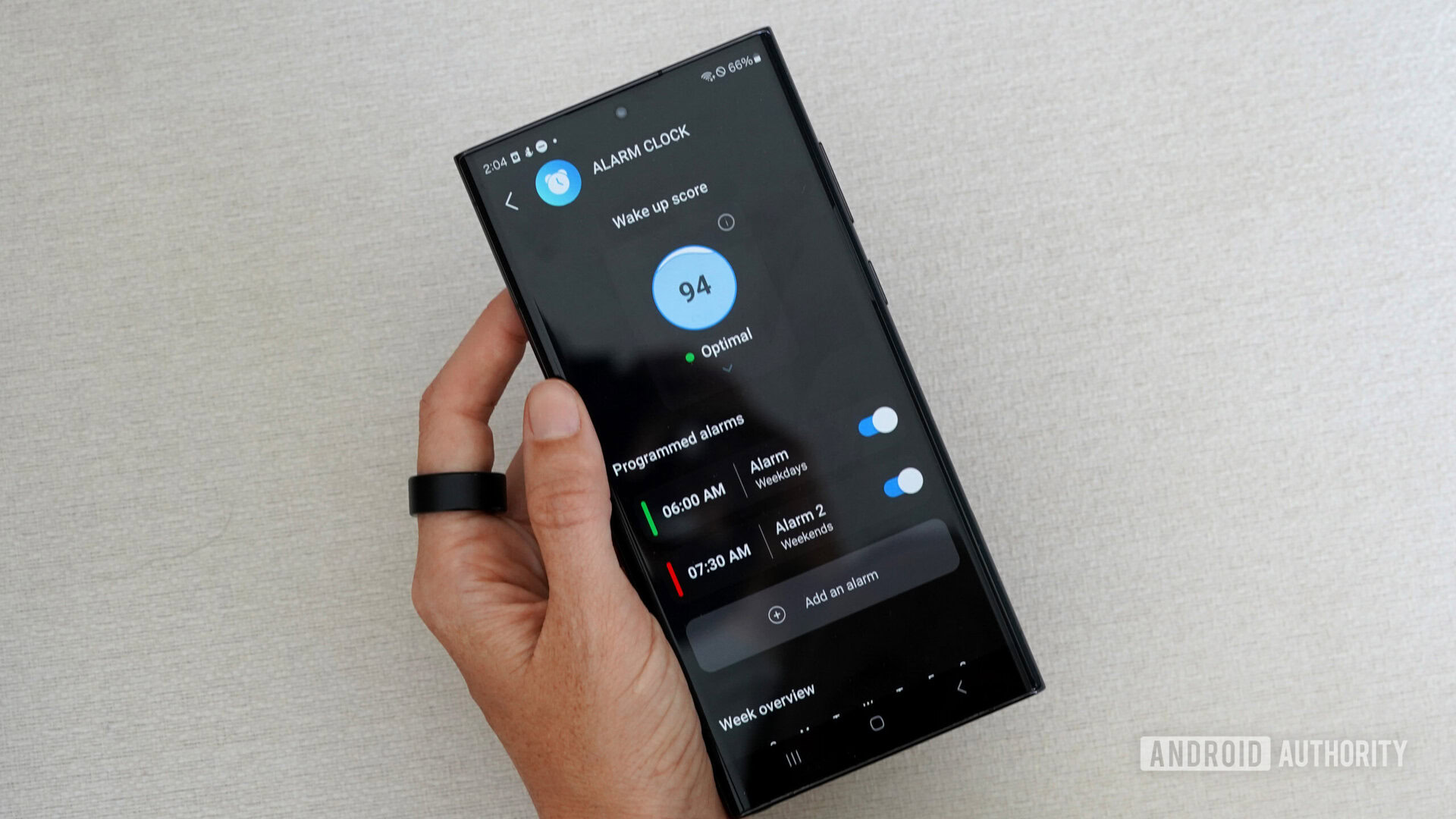
On the other hand, I was surprised by how much I actually liked the ring’s alarm clock feature. With built-in haptics, the device will wake you up during your lightest sleep stage sometime around your designated alarm. I thought a vibration on just one finger would be unsettling, but I ended up really appreciating how effective and quiet the alarm was, waking me up while my partner easily slept on.
Haptics and a reactive button (see prominent logo in photos above) set the ring apart compared to the Oura Ring 3. Circular also utilizes these for timer functionality so users can set a time in the app and stop the time on the device itself once it expires. It’s a small but useful tool, especially when on the go.
Circular Ring Slim Review: Needs improvement across the board
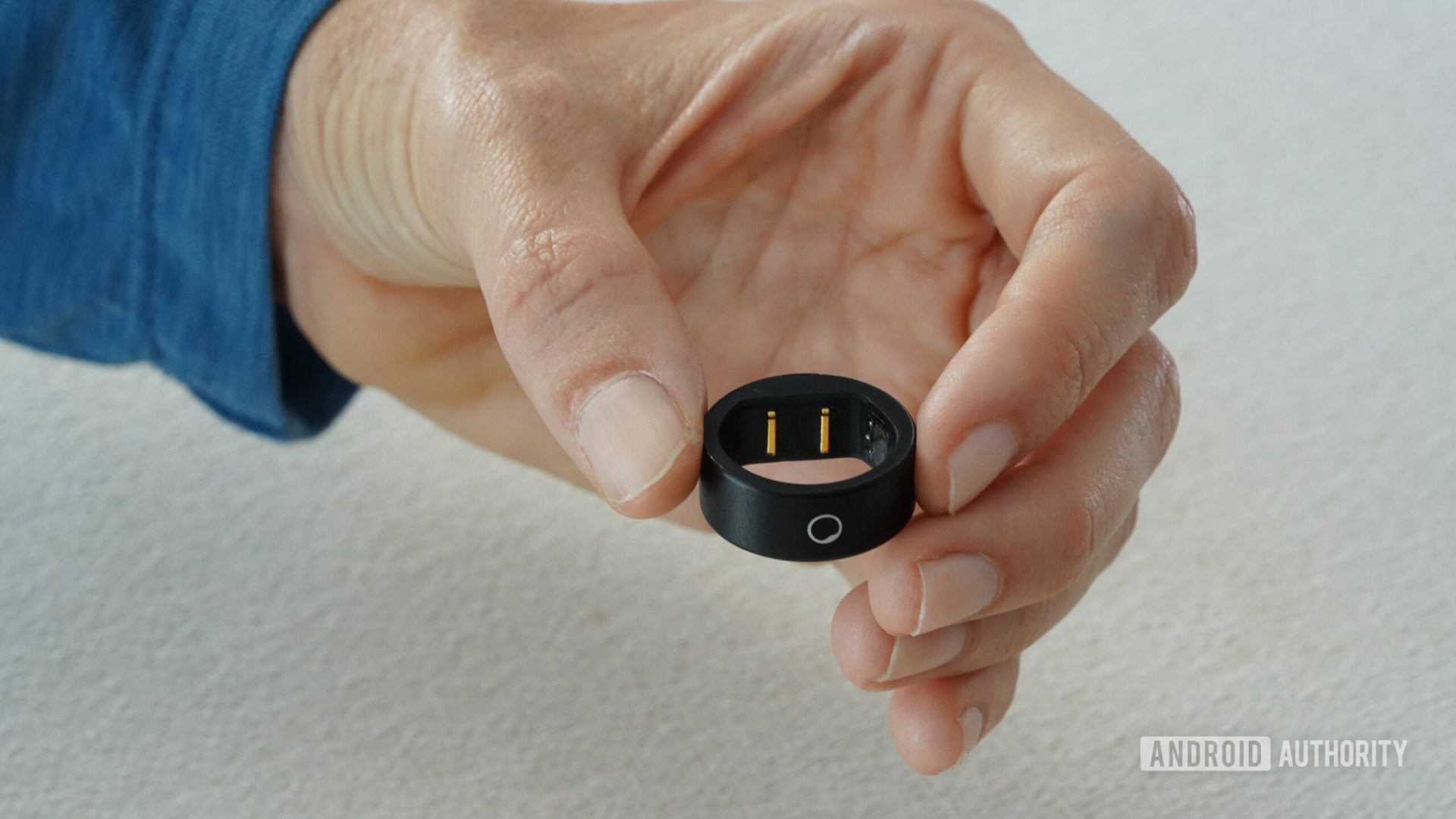
I am genuinely pleased to see more brands take on this alternative form factor for tracking health and fitness. There are significant benefits to a smart ring over a band or watch, particularly its discreet nature. The Circular Ring Slim checks the primary boxes in that it is a ring that tracks sleep and basic health stats. Unfortunately, however, it fails to deliver enough reliability or features to warrant my recommendation.
The ring’s design lacks the refinement necessary for a comfortable finger-based device. Its short battery life, inconsistent stats, and finicky companion app add up to an unpleasant user experience. For now, it’s hard not to recommend the Oura Ring 3 ($299.99 at Oura) to anyone interested in a smart ring. Or, if you are keen on a ring but not in immediate need, I’d also suggest waiting to see what Samsung delivers later this year.

FAQs
Yes, the Circular Ring Slim tracks steps.
The Circular Ring Slim features an IPX8 rating. It can be submerged in up to 1.5m of water but is not recommended for use in salt water.
Yes, it is safe to shower with the Circular Ring Slim.
Circular claims up to five days of battery life between charges, but this stat depends on which mode you use the device in. In Performance Mode, the ring will last closer to two days between charges.
No, the Circular Ring Slim is not FDA certified to check for signs of sleep apnea.